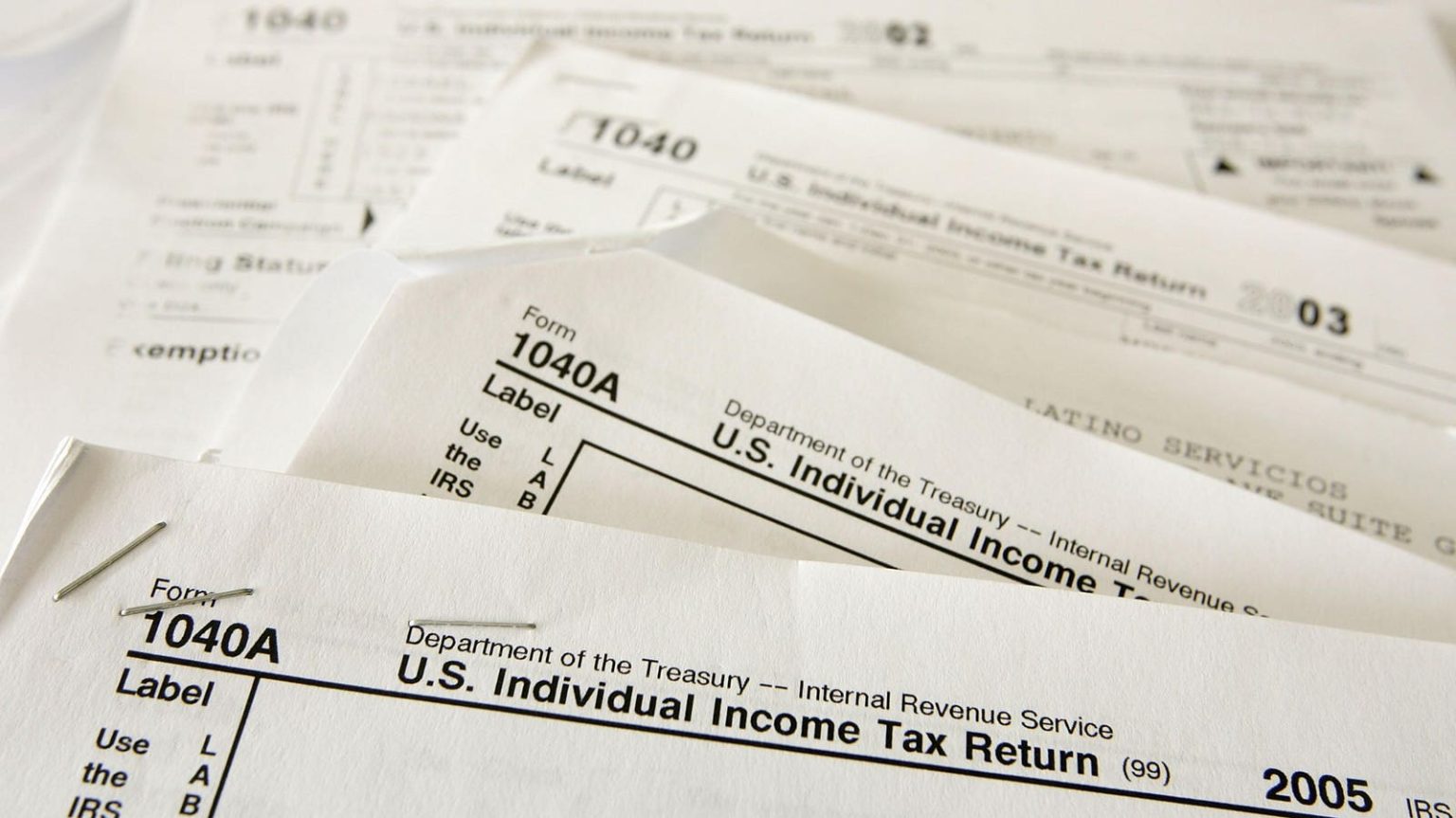As 2025 commences, the focus shifts from filing 2024 tax returns to strategically planning for 2025 tax savings. January presents an opportune time to implement financial practices that will minimize tax liabilities in the coming year. This proactive approach involves several key strategies, including establishing dedicated business accounts, selecting an appropriate business structure, diligently monitoring expenses, implementing robust record-keeping practices, and engaging in forward-thinking tax planning.
One crucial initial step is separating personal and business finances. Establishing distinct bank accounts and credit cards for your business provides a clear demarcation between personal and professional transactions, facilitating accurate record-keeping and simplifying tax preparation. When selecting these financial products, compare features such as transaction fees, credit limits, and reward programs to identify the best fit for your business needs. The segregation of accounts also allows for easier tracking of income and expenses, enabling precise identification of deductible expenses come tax time. Utilizing digital banking tools and apps further streamlines account management, providing real-time financial insights and facilitating efficient categorization and recording of transactions.
Choosing the right business structure is another critical component of effective tax planning. The S Corporation structure, for instance, offers attractive tax benefits by allowing profits to pass directly to shareholders without being subject to corporate tax rates. Owners can pay themselves a reasonable salary, subject to employment taxes, and distribute remaining profits as dividends, which are often taxed at a lower rate. This can significantly reduce overall tax liability. However, S Corporations require meticulous payroll setup for all employees, including owner-employees, and have limitations regarding the number and type of shareholders. Forming an S Corp necessitates filing Form 2553 with the IRS and ensuring compliance with all related regulations. It is advisable to establish payroll in January if opting for S Corp status to facilitate smooth tax filing in 2025.
Meticulous expense tracking is fundamental for maximizing deductions and maintaining financial health. Employing expense tracking apps or software helps organize and categorize spending, making deductible expenses easily identifiable. Diligently recording business-related travel, including mileage logs with dates, purposes, and distances, is crucial for claiming substantial deductions. Maintaining separate business accounts and credit cards simplifies bookkeeping and ensures accurate record-keeping. Leveraging digital receipts and cloud-based storage further streamlines documentation, reducing paper clutter and providing convenient access to financial records. Regularly reviewing expenses allows for the identification of inconsistencies and potential cost-saving opportunities.
Efficient record-keeping practices are paramount for effective tax preparation. Utilizing digital tools and apps for tracking expenses and income ensures accurate recording of all financial transactions. Separating business and personal finances maintains clarity and simplifies tax season preparations. Digital receipts and cloud storage solutions streamline documentation, providing easy access to financial records. Regular review of financial activities allows for prompt identification and correction of discrepancies. Maintaining detailed records, such as mileage logs and categorized expenses, is essential for claiming deductions. Implementing a systematic approach to organizing receipts, invoices, and other financial documents, potentially using software integrated with bank accounts and credit cards, simplifies the process and provides real-time financial updates.
Proactive tax planning involves ongoing assessment and adaptation of strategies to align with current and future tax regulations. Establishing clear financial goals and estimating future tax obligations allows for informed financial decision-making throughout the year, such as strategically timing income and expenses. Staying abreast of tax law changes enables timely adjustments to strategies, ensuring compliance and maximizing benefits from new regulations. Contributing to retirement accounts can offer significant tax advantages. Leveraging available tax credits and incentives, applicable to either business or personal situations, can further reduce tax liabilities. Regular review of financial records helps identify trends and potential savings opportunities, facilitating adjustments before tax season. Consulting with a tax professional provides tailored insights and strategies based on individual circumstances, helping foresee and mitigate potential tax implications.
In conclusion, proactive tax planning in January sets the stage for maximizing tax savings throughout 2025. Implementing these strategies – establishing distinct business accounts, selecting the appropriate business structure, diligently monitoring expenses, adopting efficient record-keeping practices, and engaging in forward-thinking tax planning – will contribute significantly to financial health and minimize tax liabilities in the coming year. By embracing a proactive approach, individuals and business owners can optimize their financial outcomes and navigate the complexities of tax season with greater ease and confidence.

